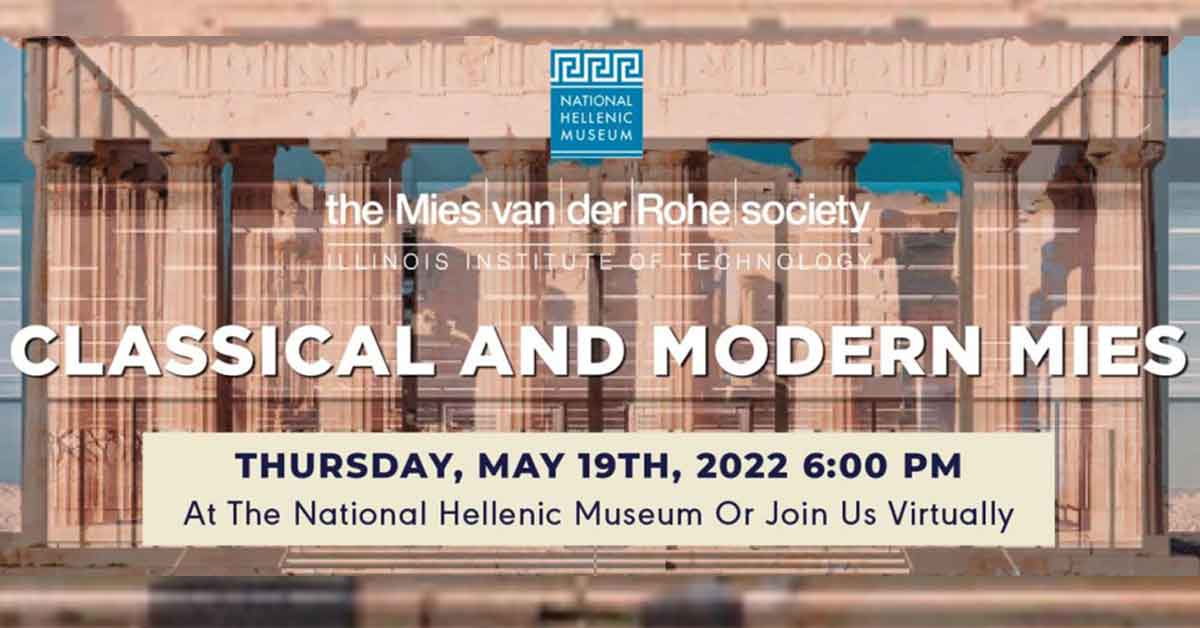
Looking for the Parthenon: Greek Architecture Then and Now
Few things compare to the first time you see the Parthenon. Perched above Athens, the building is imposing in its scale for certain; but more than that, there is always something jarring about gazing on a palace that you have seen reproduced thousands of times before, on posters and in textbooks, standing right in front of you in three-dimensions. It is, for a moment, like living in the not-quite-real world of all those posters.
The Parthenon might be the most recognizable building in the world and an emblem of how ancient Greek architecture has become one of the most visible ways in which we see the Greek legacy around us. Thus, the Parthenon, and by extension ancient Greek architecture, allow us to ask important questions about how and why the Hellenic legacy have endured across time.
What we recognize as ancient Greek architecture began to develop around 900 B.C.E. The architectural style of the Greek world, like much of Greek culture, underwent a rather drastic transformation from earlier Minoan and Mycenean forms, around this time which is commonly referred to as the early Archaic Period. Ironically, the most well-known ancient Greek architectural structure, the public temple, does borrow from Mycenean palace design. Both have a tri-part design containing a porch, vestibule, and central throne room. However, unlike Mycenean palaces, with their heavy fortification, ancient Greek temples from the Archaic Period onward are characterized by an open elegance, with the now famed cut columns holding up carefully engraved frieze.
Even in antiquity, the so-called “Greek style” began to gain prestige, and public buildings, not to mention many private homes, as far east as Nepal and as far west as the British Isles were built to resemble Greek structures. The point in doing this is clear. Greek culture had come to represent a host of positive values: sophistication, wealthy, prestige, and good government. By reproducing Greek architecture, people hoped to claim for themselves a stake in these values. This is a pattern that begins in the Hellenistic Period (323 B.C.E.- 32 B.C.E.) and continues throughout history. While there are alternate architectural styles within the Western tradition, for example the Gothic architecture of the High and Late Middle Ages, these forms always exist in some relationship to the Greek style, even if this is in opposition.
On May 19th at 6:00 PM, the National Hellenic Museum will co-host a unique discussion event with Mies van der Rohe Society, “Classics and Modern Mies” which will explore how the German American architect Mies van der Rohe was influenced by the Greek architectural legacy. This discussion will focus on his work for the Illinois Institute of Technology campus (the site of the largest collection of his buildings). The bulk of Mies’s oeuvre is not identifiably “Greek” or “Classical.” In fact, he is widely regarded as one of the pioneers of the modernist movement, in many ways an explicit rejection of Classical forms. And, yet this proves complicated. Mies began his career designing Neoclassical homes and the influence of Classical architecture remained throughout his career, even if it was less obvious. Mies, it would seem, like so much else about our culture, could not quite shake the Greeks.
Please join us on May 19th at the National Hellenic Museum for “Classics and Modern Mies” to learn more about this fascinating connection. You can register here. Also please visit us at nationalhellenicmuseum.org to learn more about our work and support our effort to promote inquiry and share the Hellenic legacy for generations to come.

